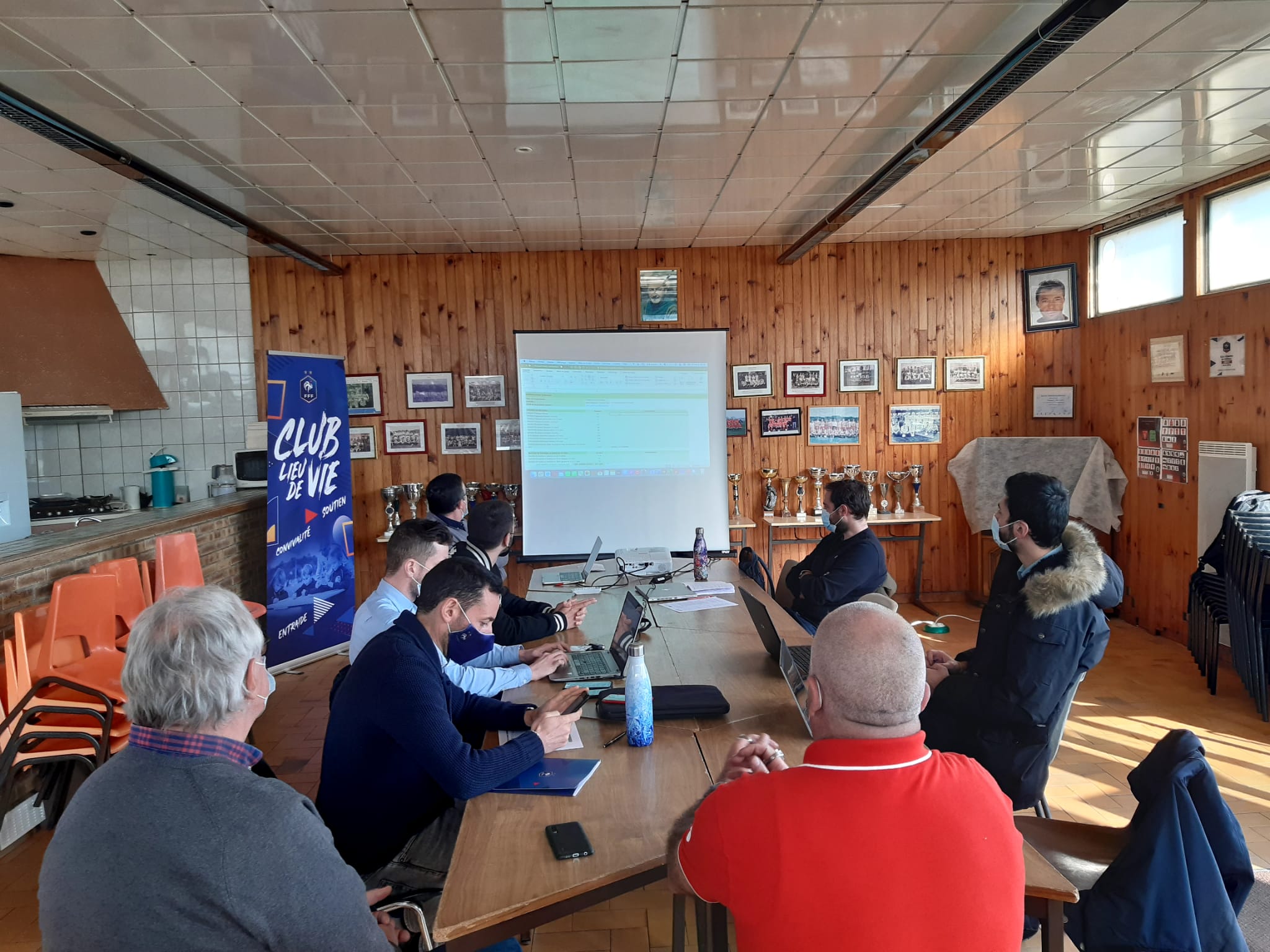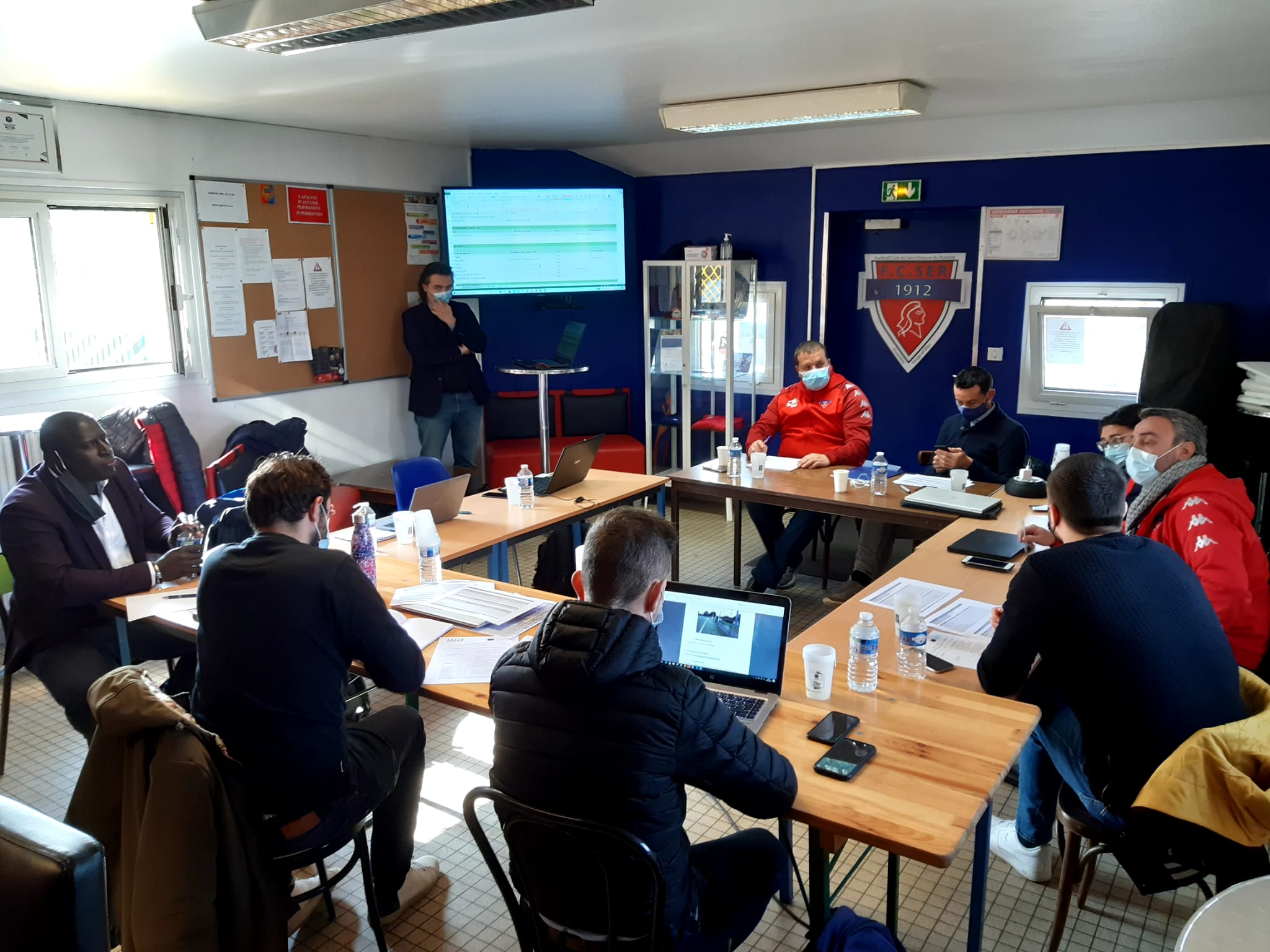On March 9 and 10, a delegation from Sant’Anna School of Advanced Studies (SSSA), accompanied by the French Football Federation, visited 4 grassroots clubs: FC Saint-Étienne du Rouvray, CS Beaumontais (Ligue de Normandie), AF Bouchardais and Étoile Sportive Oésienne (Ligue du Centre Val- de-Loire).
The goal of the meetings has been to address the issue of the environmental impact of their activity within the framework of our project. During the meeting the delegation interviews and collected data useful to create our Greentool for measuring the environmental impact of amateur football clubs.
The four amateur clubs involved received a visit from two experts from the Sant’ Anna School of Advanced Studies in Pisa (Italy), responsible for compiling the data collected. They were able to appreciate the quality of the involvement of the clubs, leaders to educators and the municipalities represented.

Some deepening interviews have been arranged by SSSA researchers with key managers of the engaged sport organisations. The aim of the interviews was to detect the organisations feedbacks on the different tools and strategies adopted to engage players, families and staff. In particular, economic and organisational feasibility of different environmental management actions and feedbacks on the external public engagement have been investigated through the interviews. Additionally, some contextual factors have been considered through the interviews, such as the local public transport system efficiency, the cultural approach towards climate change and CO 2 emissions, the National sport organisations specifities etc.
This task was very strategic, because it aimed at measuring the “state of the art” of environmental management in the targeted sport organisations. The data collected will represent the starting baseline to measure the project’s activities actual impact. Now, all the partners will work on the creation of the GreenTool, an online Environmental Footprint Calculator which will allow football organisations to assess their environmental impacts compared to the baseline scenario.


